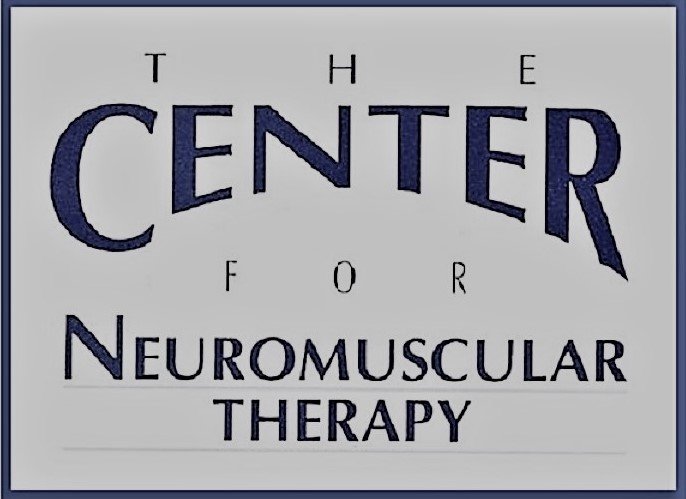Foot pain/ ankle pain
One of the most frequent foot pain syndromes we have seen over the years is heel pain. Often referred to as "plantar faciaitis ", this pain in the heel is a monster needing to be slain. Unfortunately the diagnosis can be misleading. Plantar is the surface of the bottom of your foot. Itis means inflammation. So....plantar faciatis means, literallly, a swelling on the bottom of the foot. It is rare that the bottom of the foot is the culprit. More times than not, it is the trigger point in the soleus muscle under the big calf muscle, the gastrocnemius. This hidden and notorius muscle is often the responsible party.
By addressing the contracture and corresponding trigger point, or knot, we can release the tightness pinching the nerve that runs down to innervate the heel. Thus helping to relax the structure 'squeezing' the nerve that is causing the irratation.

PLANTAR FASCIITIS? HEEL PAIN
This very painful and weird new strangeness in our lives is experienced my many people of all ages. This list includes athletes and desk jockeys combined. Myself as well. No fun.
One way to wake up grumpy is stepping on the ground and feeling a surprising sharp horrible pain in your heel with every step you take as you head for the bathroom.
HEAL IT...STRETCH IT
Put your ball (front) of your foot on the edge of the bed or a chair. Now, push gently downward with your heel while at the same time, move your knee forward over the big toe. If you can. You should feel a stretch in the achilles tendon area and up a little. Hold for 15-20 seconds and release. Rinse, repeat 2 to 3 times. Best to stretch warm, 2 to 5 times a day.

Outside ankle pain
The bone we touch on the outside ankle is the lateral malleous of the fibula bone. Whew! Bones generally do not hurt. The tendons may pull, via., injury, overuse or a short leg syndrome and cause pain by pulling from the attachment point to the bone. The muscles directly involved are the peroneus group, though some names have been changed to protect the innocent. It is difficult to stretch these muscles, but not to overstretch them.. Many "twisted ankles" are due to these muscles shortening from a quick overstretching of the tendons attachments. Deep tissue work along this lower leg muscles can really be a game changer for this problem.

